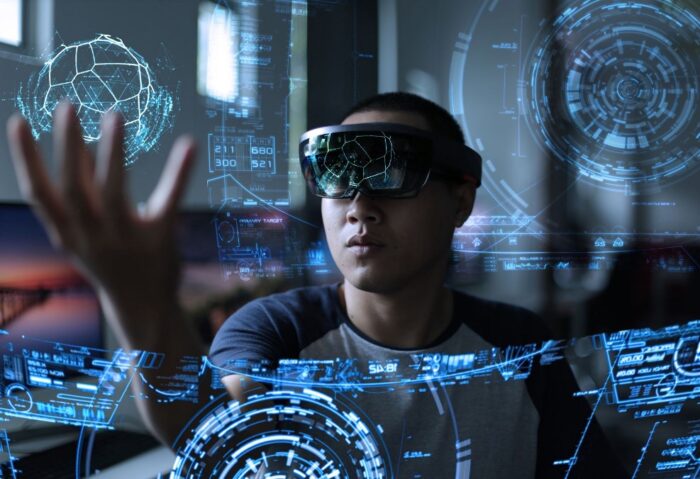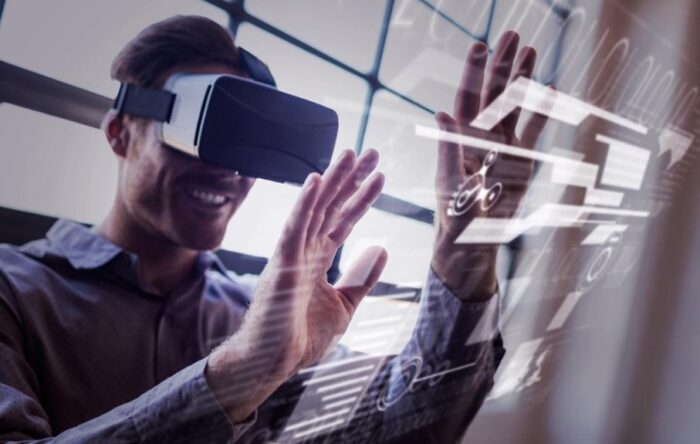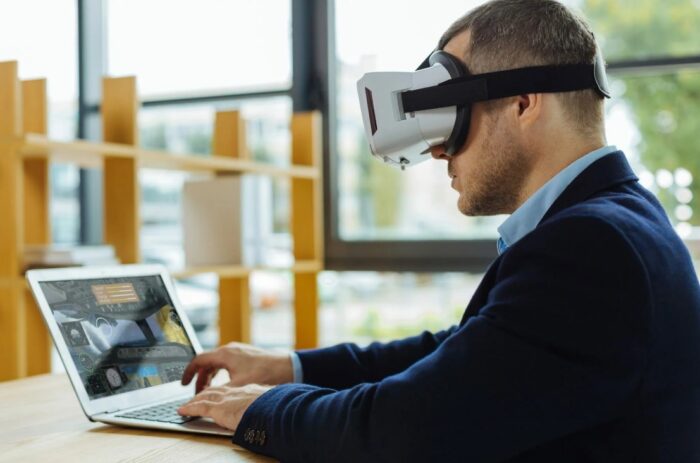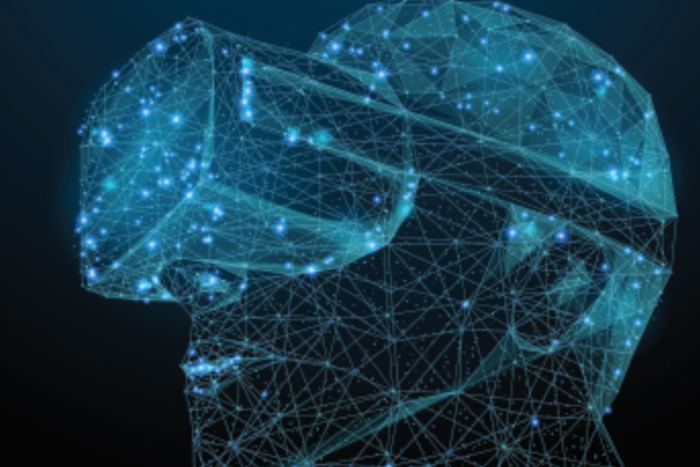
Investments in startups creating solutions in the XR area have already reached a record level of $ 5.4 billion per year. The industry is growing so fast that it’s hard to keep up with it. The growth of the market means not only new jobs and higher wages, but also more and more interesting challenges.
XR, which translates roughly reality enlarged includes both the virtual reality, expanded, and mixed (VR, AR and MR). What is the specificity of such projects? What technologies is used to create innovative software and build new hardware products? What competences and skills do you need to work in this area?
More and more often in the world of technology we meet the abbreviations VR / AR / MR / XR. What these concepts are and what are the differences between them? It all started with Virtual Reality (VR) – a fully immersive experience in a different world where every pixel is simulated and replaces the familiar surroundings.
Modern VR technology allows not only full immersion in artificial reality with the use of glasses or a helmet, but also interactions between artificial and “real” reality – using external devices. Reality can be simulated in many ways that can be very different from each other.
Augmented reality (AR) is already a widespread technology, in fact being the second most popular after VR. The idea behind AR is that the device does not generate a complete digital environment, but only adds virtual objects, data and content to the real world. Finally, mixed reality (MR), also known as hybrid. Both augmented and mixed reality combine the real image with the one created by the computer.
However, they are not the same technologies. The main difference between them is that mixed reality devices are interactive. It is also worth mentioning the shortcut XR, which we can also meet quite often. It applies to all real and virtual environments generated by computer graphics and mobile devices. XR is an umbrella category that covers all forms of computer changed reality, including: virtual, augmented and mixed reality.
Where are VR / XR solutions most commonly used?

VR is most often used in the entertainment industry, but not only. Let’s look at the education industry. In aviation, flight simulators are used that are not easier to use than the real ones, and novice pilots gain full experience and knowledge, without risk to their health and expensive equipment.
Additionally, VR is already used to train doctors, soldiers, astronauts and even engineers. Artificial simulations are also used by scientists to model hypothetical situations, predict events in physics, chemistry or biology, and study specific phenomena.
In this case, virtual reality is the closest possible representation of the real world – its laws reflect the laws of the real world. An example could be the Mazer platform available at mazerspace.com. This tool allows you to create spaces in VR that will be used for meetings, training or analysis. The rooms can be freely styled – from mountain peaks, through operating rooms to complex factories.
The development of VR industry is dynamic, and the scope of created solutions is very wide

Of course. The VR industry can be divided into several directions. The main set of technologies depends precisely on them:
- Programming for VR helmets – eg games and applications for Vive or Oculus helmets. The primary programming languages here are C # and C ++. Developers use special game engines that allow you to create interactivity in 3D scenes. The most popular of them are Unreal Engine 4 (UE4) and Unity.
- Programming for mobile applications – apart from engines, it is also important to understand how to create applications. You will need Swift for iOS and Kotlin for Android.
- Web development – two frameworks will be useful here: Java – Three.js and Babylon.js. They have ready-made effects tools and camera view settings. Another noteworthy tool is Vizor VR for creating space.
Beginners in the field of VR can use ready-made frameworks: open source React 360 from Facebook and A-Frame. They allow you to create interactive scenes without extensive knowledge of programming languages. The application works on both mobile devices and computers.
What technologies will be key in such projects?

Oh true, digital realities are holistic experiences that require the creation of content for all of the user’s sensory systems. VR programming combines knowledge of programming and computer graphics. It requires the creation and adaptation of 3D models and the programming of their interactivity and gameplay.
Depending on the field, knowledge connecting Unity and C # or Unreal Engine with C ++ is crucial, as well as understanding 3D spatial sound design, resource development, and building virtual and UX interfaces. In addition to those indicated above, technologies such as Entertainment Creation Suite from Autodesk, Blender or Blocks will be useful for creating graphics and models.
What competencies are now particularly in demand in the XR industry?

There is an increasing demand for AR, VR, and MR developers across all industries. Depending on how advanced the virtual reality experience you want to create, knowledge of hardware engineering and programming languages such as C ++ and C # as well as 3D game engines such as Unity, Unreal Engine and Godot may be useful.
Programmers with 3D scanning or modeling skills may also find unique opportunities to design a 3D user experience in the XR industry. People who are familiar with audio engineering, 3D audio specialization, environmental modeling, and sound design can also find a ton of professional opportunities with Augmented Reality (XR) creation technology.
If you are a seasoned developer with a creative mindset, working on innovative product development projects at XR can surely turn out to be a rewarding experience for you.














